18 dog breeds: Which are the most trainable?
6th July, 2020
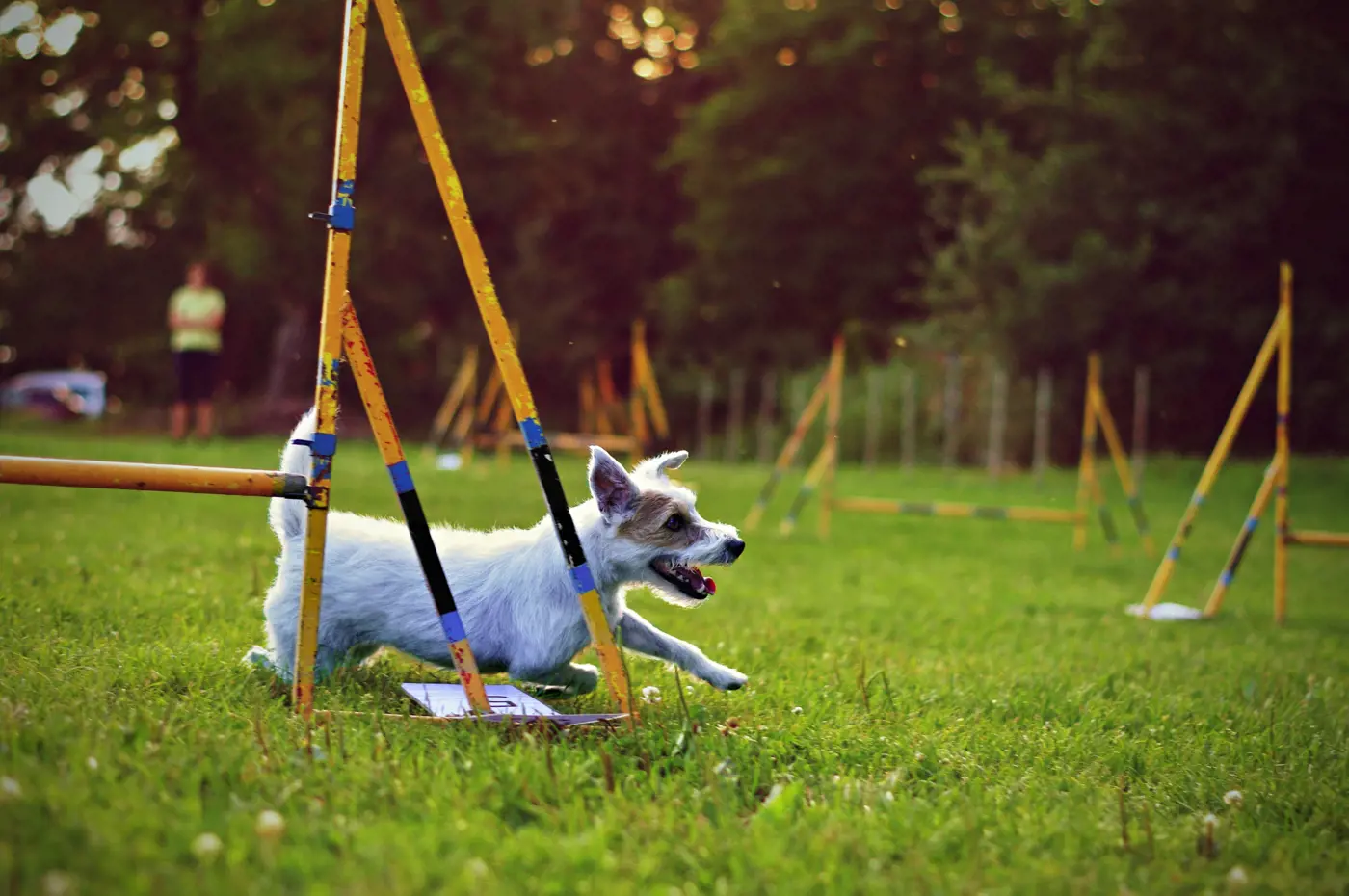
Dog training is crucial to your enjoyment of your pet. Training helps you to establish a bond with your dog, as well as making sure that your pet will not engage in risky behaviour like running into roads or snapping at people.
Some dog breeds are easier to train than others. Which breeds will give you an easy ride, and which are for those who enjoy a challenge? Whatever breed you choose, make sure you take out quality pet insurance.
What makes a dog trainable?
Dogs have lived alongside humans for tens of thousands of years.
They weren’t always pets, though – we needed dogs to help with tasks like hunting, fishing and herding before we wanted animals for companionship.
Different breeds developed to help humans with various tasks. This resulted in the wide range of characteristics and traits you see among dog breeds today.
You might think that a dog would be easier to train, the smarter it is but this is not always the case.
A bright dog can easily become bored and disobedient, requiring lots of stimulation and exercise to keep it engaged.
Signs of intelligence in a dog include problem solving, for example being able to open a cupboard or drawer, and communication.
A communicative dog will pick up on your moods and know how to indicate the things it wants, by bringing you a leash to ask for a walk for instance.
Speed of learning is also a sign of intelligence. A smart dog might rapidly imitate your behaviour – by dancing to music with you, or howling along when you sing.
It might also get more and more efficient at tasks like opening a door or getting food from inside a toy.
When considering whether a dog is trainable, what you should really ask is whether a particular breed is likely to suit your own training capacity – the amount of time and effort you are prepared to put in.
Cheeky dogs are often just trying to find outlets for their energy or intelligence.
When researching your next pet, it’s worth drawing a distinction between dogs who are easy to train and those who can be trained to carry out complex tasks.
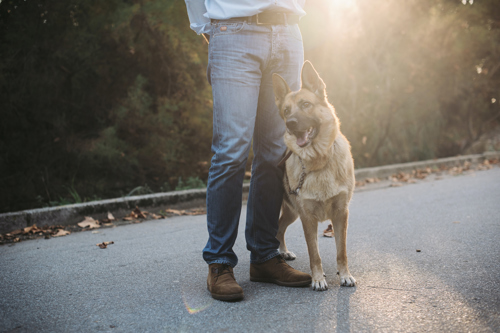
What makes a dog hard to train?
Certain dogs are more challenging to train. The reasons for this vary from breed to breed and within each breed you will find individual variation.
Some dog breeds tend to be more strong willed than others, resisting training and even trying to train their owners rather than the other way round!
These breeds take absolute consistency and dedication from owners. They quickly learn where an owner’s weak points are and find ways to exploit them.
An independent-minded dog is harder to control as it might decide where to go and what to do for itself, rather than following your lead.
Large breeds bring their own challenges in training simply due to their size. People respond differently to a giant dog, typically being more fearful and apprehensive.
Inexperienced owners can also be more hesitant in disciplining a big dog. The consequences of a large dog being poorly trained are greater, as they will knock over people and objects much more easily.
Check that your Pet insurance policy offers you cover for third party liability as this is vital to protect against the risk of your dog injuring someone or damaging someone’s property .
Some breeds have lower intelligence and will therefore take longer to train. Others have a longer period as puppies, meaning you will be dealing with puppy traits and house training for longer.
Some dog breeds have a greater sense of smell and a bigger appetite than others, meaning they will only train if food is involved.
It also means they are easily distracted if food is nearby, running off at the slightest whiff of a burger or clambering onto kitchen surfaces in search of a sausage!
Breeds that combine high energy and high intelligence can blow your mind in terms of their capability, but these can also be demanding and complex to train.
A pooch with insufficient exercise or challenges will be frustrated or have pent-up energy, all making for an unruly pet.
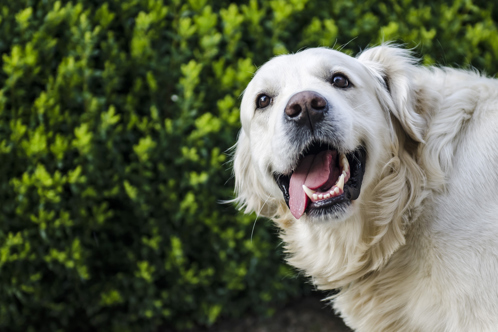
The most trainable dog breeds
These dog breeds have characteristics that make them a dream to train but make sure you research your breed fully before taking a new pet home.
You should also be sure to buy insurance cover for your pet to protect your new four-legged friend.
-
Border Collie
Often described as the smartest dog breed, collies combine a willingness to learn with wanting to please their owners – making them an obedient and lovable dog.
Originally bred to help herd sheep, collies need plenty of exercise and love being given a job to do.
Border collies are playful and sensitive, loving to join in with games such as frisbee and fetch. Watch out, though – if they’re bored, they’ll try to find something to herd, such as children, animals or strangers!
-
Poodle
A popular dog choice with families, poodles come in many sizes and coat colours.
Originally bred to hunt waterfowl, poodles are smart and affectionate, not to mention being wonderfully fluffy. They take well to training but need plenty of activity and stimulation to keep them occupied.
There’s a reason why poodles traditionally performed in circuses, and continue to win prizes at dog shows – they relish the challenge of learning new tasks, which can make training them really fun.
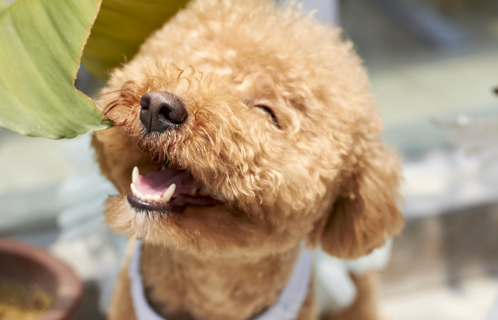
-
English Springer Spaniel
If you’re looking for a waggy, bouncy ball of energy then the English Springer spaniel is your dog.
This gun dog was traditionally used to seek out game birds for hunters. They’re athletic, energetic and companionable.
English Springers are fairly easy to train, but need lots of exercise and space to burn off energy. They are often good with children, and may even be used as therapy dogs to help bring cheer to sick people.
-
Alsatian
The Alsatian, also known as the German Shepherd, is recognised throughout the world as a working dog, used by the police, military, rescuers and other vital services.
The reason they choose this breed is because it is highly intelligent and obedient.
Alsatians are usually very protective and defensive, requiring training to ensure these characteristics do not turn into aggression.
German Shepherds need lots of walking and exercise to keep them healthy and happy.
-
Golden Retriever
One of the most popular dog breeds, retrievers are loyal, loving and easy to train. They are naturally agile and athletic, having been bred to assist hunters. They work well as family pets.
Golden retrievers tend to be bubbly and enthusiastic, as well as eager to please their owners.
These characteristics mean retrievers are used as guide dogs for those with sensory impairments, and to help those with special needs.
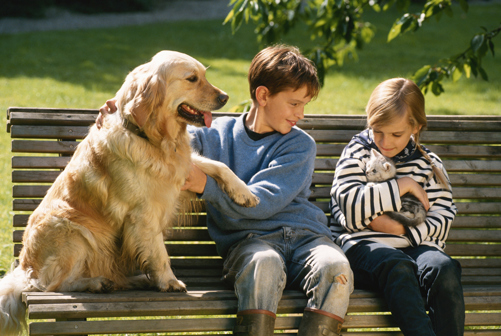
-
Labrador Retriever
Intelligent and friendly, labradors are much loved for ease of training and their loving nature. They come in black, yellow (ranging from a light cream colour to foxy reddish tones) and chocolate/liver coats.
Labradors were bred to help the fishermen of the North Atlantic haul in nets and ropes from the cold sea, which is why they have thick coats and strong muscles.
They love to run and swim, requiring plenty of exercise for good health.
-
Doberman Pinscher
These pointy-eared dogs are fearless and alert, as well as trainable and intelligent.
Dobermans are often used as guard dogs, which means some people think of them as aggressive. However, when trained as a pet these sleek-coated pups make wonderful companions.
Dobermans are fairly easy to groom, although their short coats mean they feel the cold during winter. They need moderate exercise and can be tricky to socialise with other dogs.
-
Vizsla
This red-coated dog originates in Hungary, where they were used as hunting dogs. They have great stamina, loyalty and intelligence.
Vizslas looks noble and haughty, but are really big softies with kids, strangers and owners alike.
Vizslas do not like being left alone for long periods and need regular exercise, especially enjoying retrieval games.
Their loyalty makes them easy to train, but they can become so attached to owners that they become clingy.
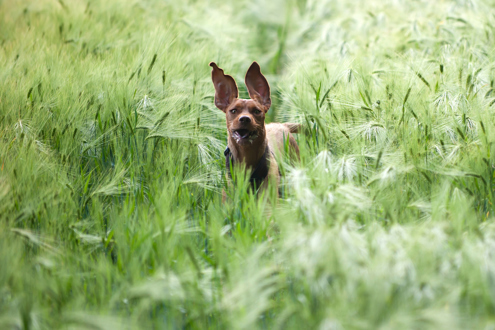
The hardest dog breeds to train
These dogs should only be taken on by experienced dog owners. These dogs can be great pets but you’ll need patience and dedication to get them to that point.
-
Afghan Hound
The Afghan’s long face, flowing silky coat and graceful limbs make it a really beautiful dog, but it’s also known as a pain to train.
You’ll have to find plenty of time for regular training as well as grooming all that fur. Afghans can be aloof and independent, simply not caring about your training efforts.
Food rewards and positive reinforcement from a young age are the best bet for these pups.
-
Basenji
Originally bred as a companion for hunters in Africa, Basenji are smart enough to have their owners trained on a leash, rather than the other way around.
It’s not that a Basenji can’t learn, more that he won’t. They understand commands easily but don’t always follow them.
Basenji can be loving and fun pets, but you need to be consistent and dedicated to make sure their training is up to scratch.
-
Beagle
If you’re looking for a cheeky challenge, Beagles can be a great option. Curious and bubbly, they need creative, patient training to get over their innate naughtiness.
Once you do crack training, this dog can be one of the most loving and funny pups to have around. However, the journey to that point is not always an easy one!
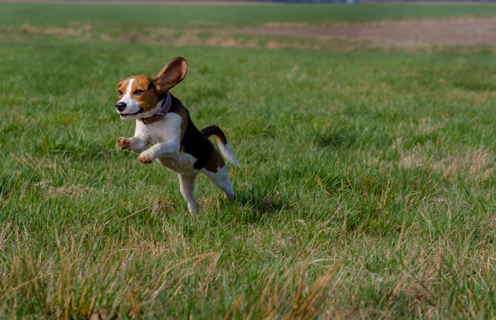
-
Pug
The squashy-faced Pug has become fashionable in recent years, and it’s not hard to see why people love these compact creatures.
However, less dog does not always mean less attitude. Pugs can be a horror to train, taking up to a year to stop toileting indoors.
Pugs were bred to be lap dogs, so they are loving and companionable. However they are often not the brightest of dogs, with short attention spans that make training harder.
Pugs are also prone to breathing problems – be sure to take out good pet insurance to prevent being strapped with huge vet bills.
-
Basset Hound
These much-loved dogs can really test your patience. They can be incredibly stubborn and frustrating to train, only following commands if there’s food involved.
Bassets are laidback and loving with moderate exercise needs, although they will dash off if they catch a whiff of a small animal such as a rabbit.
-
Bulldog
There’s a reason why this breed is often used as a symbol of determination. It’s known for stubbornness, refusing to submit to an owner’s authority if it can get away with it.
Frequent, brief training sessions starting in early puppyhood will help to bring your canine to heel. With firm training, a Bulldog can be a gentle, loving pet who loves to snooze and snuggle.
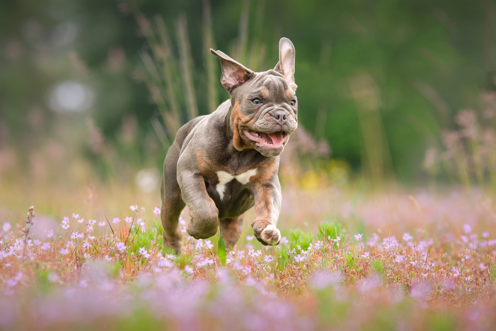
-
Dalmatian
Their famous role in the film 101 Dalmatians made this breed seem docile and cute – the truth is that they are often quite hard to manage.
Dalmatians can be stubborn and manipulative, requiring careful and diligent training.
Without the right guidance, a Dalmatian may become unruly, displaying unwanted habits such as jumping, biting, snapping and growling.
-
Chow Chow
These distinctive, puffy-coated pooches look super-cuddly in photos, but the reality can be a stubborn dog with an independent streak.
They need a firm hand from day one, with good socialisation and a consistent approach.
Often described as being more like a cat than a dog in terms of temperament – these pooches just aren’t that bothered whether you are pleased with them!
Tips for training
Training a dog is a learning process for both canine and human. You learn about your dog’s likes, dislikes and responses, and your dog learns what you expect from them and what makes you pleased.
It’s never too early to begin gentle training with your dog. Even as a tiny pup, a dog can learn its name and begin to understand simple commands.
Puppy classes suited to your chosen breed of dog will show you all you need to know about ensuring your dog is a pleasure to be around, rather than a troublesome tearaway.
When choosing a breed, be sure to understand the training your pet will need. This includes knowing the level of mental and physical stimulation your dog will require.
You need to be able to accommodate this comfortably within your lifestyle in order to give your dog the happy life it deserves.
Pet insurance is another vital element of caring for your dog. Contact Purely Pets for a quote today.
Helpful Pages
Recent Posts
Pet Insurance Quote
- 98% claims paid *
- Claims paid directly to vets
- 24/7 vet video consultations
- Interest free monthly payments




